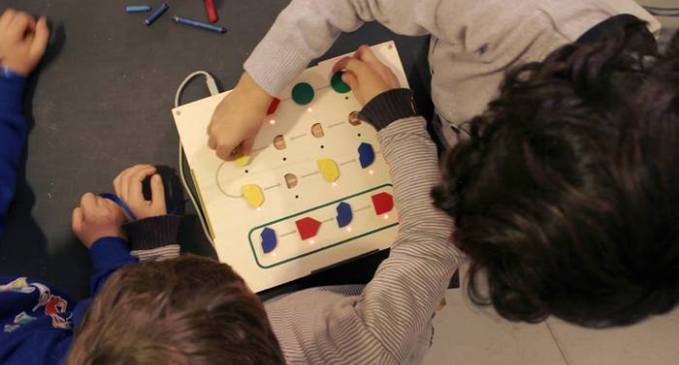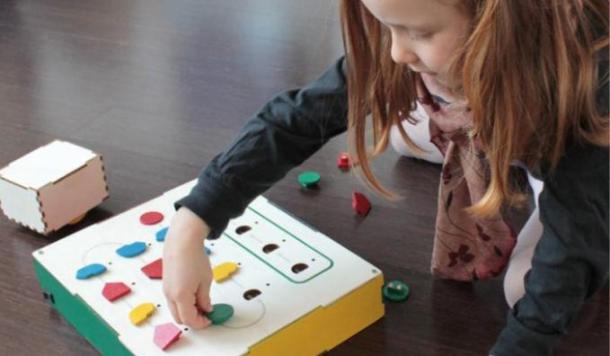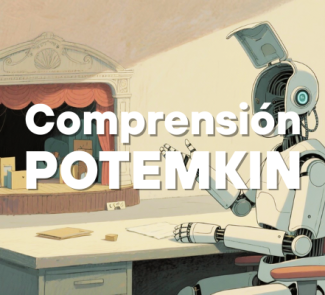The creators of Primo have chosen a way to teach kids to program that doesn't require a screen and is suitable for young children.
The Primo project has easily hit its financing goal of 35,000 pounds (42,200 euros), thanks to the support of more than 650 people, and it has been spotlighted in the most important technology media. The main thing that makes it unique is not so much its goal – to teach children to program – which is also admirable, but rather how it proposes to achieve it. The product consists of a toy, almost in the old-fashioned sense of the word, with no displays at all. Blocks are placed on a board to direct a small robot.
With this simple idea Primo is another crowdfunding success story that has hooked both supporters and non-supporters alike. However, unlike other cases that have generated a great deal of enthusiasm, this product is not aimed at early adopters, as is normally the case. In this case, the potential consumers are kids, or rather their parents.
This is a game to teach children how to program without the need for screens. Primo, designed for children between the ages of 4 and 7, is based on placing blocks on a board. The arrangement of the pieces gives remote instructions to a small four-wheeled vehicle.
The idea is for the child to plan the placement of the blocks on the board in order for the vehicle to move around objects and reach a particular destination. The game can be purchased with accessories, such as fences, trees, and other figures, that help design the circuit that has to be completed. There are four types of pieces, each with its corresponding instructions: advance in a straight line, turn left, turn right and repeat the previous sequence.
The child has to combine the pieces so that the vehicle reaches the finish line, which can only be accomplished by planning the proper instructions and running tests. This lets kids learn the rudiments of programming, instantly seeing the results of what they have programmed, which is a vital incentive.
Primo is based on Arduino and its materials have been moulded using lasers and 3D printers. The entire project is under open-source licensing, so the plans and CAD files will be made public and provided free of charge. The four-person team of creators plans to launch the game next spring.










